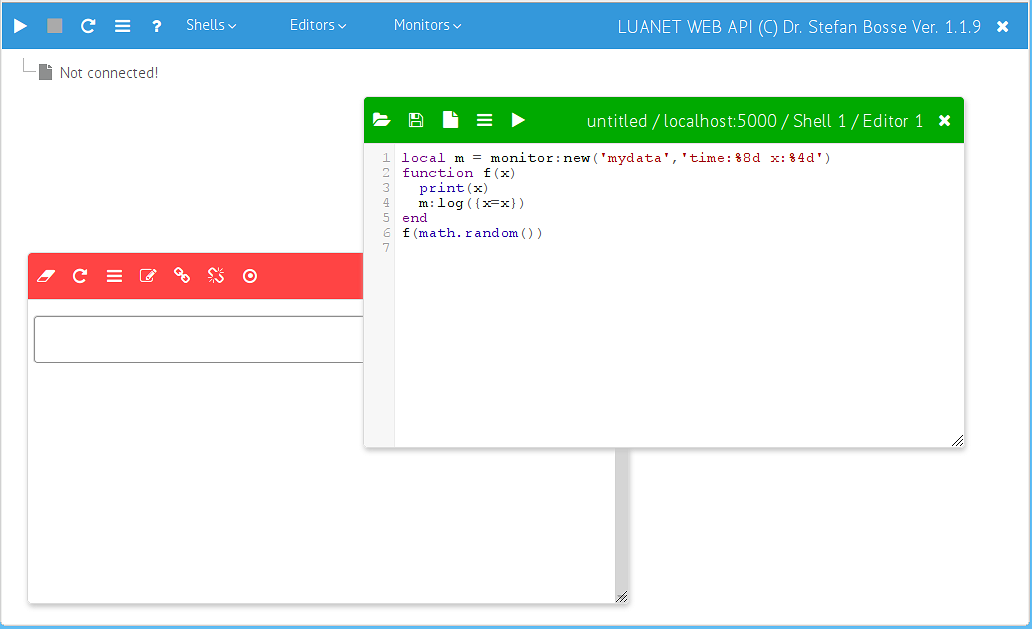- Welcome
- Curriculum Vitae
- Books
- Conferences
- Engineering
- GitBucket
- Languages
- Publications
- Publications 2024
- Publications 2023
- Publications 2022
- Publications 2021
- Publications 2020
- Publications 2019
- Publications 2018
- Publications 2017
- Publications 2016
- Publications 2015
- Publications 2014
- Publications 2013
- Publications 2012
- Publications 2011
- Publications 2010
- Publications 2009
- Publications 2008
- Publications 2006-
- Lectures
- News
- Presentations
- Simul 2021
- Summary
- AWT 2019
- CSS 2018
- DGM 2017
- DGZFP2020
- DOS2018
- DSS 2016
- DSS 2017
- DTW 2018
- EAM2021
- ECSA 2014
- ECSA 2015
- ECSA 2016
- ECSA 2018
- ECSA 2019
- ECSA 2020
- FEDCSIS 2015
- FEDCSIS 2018
- FICLOUD 2016
- FICLOUD 2017
- FS2018
- Habilitation 2016 A
- Habilitation 2016 B
- Hybrid 2018
- ICAART 2014
- ICAART 2021
- IWK 2010
- Schall 2023
- Simultech2021
- SpaceMat2020
- SPIE 2013
- SSC 2019
- SSI 2015
- SSI 2018
- SysInt 2018
- SysInt 2020
- TDL2019
- Verbund 2017
- Research
- Software
- Invited Talks
- About
- Research Profile
Prof. Dr. Stefan Bosse
 Interdisciplinary Science & Education Laboratory
Interdisciplinary Science & Education Laboratory
 Interdisciplinary Science & Education Laboratory
Interdisciplinary Science & Education Laboratory
